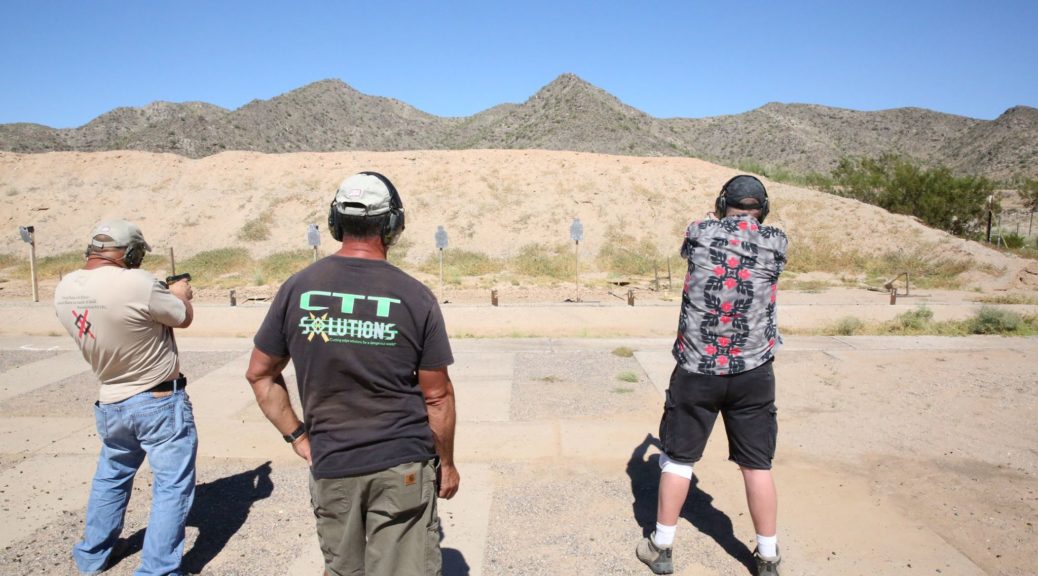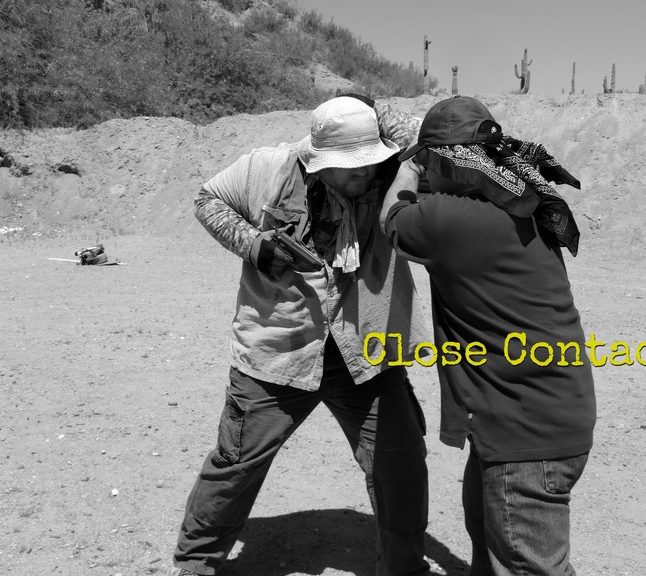I am excited to announce I will be teaching in Oklahoma City February 15/16th, 2020. On Saturday, we will be working my Immediate Action Jiu-Jitsu (IAJJ) material to learn how to survive a scenario where you find yourself on the ground through no intent of your own, and what you need to do to take the fight back to the bag guy. And on Sunday, we will be doing Contact Pistol, which is all about dominating the entanglement and deploying a pistol. There is a live fire component to this course so you can get used to shooting from proper retention and through a compressed drawstroke. Then we will put that to the true pressure test in force-on-force scenarios. It will be a great weekend with the possibility of a few special guests as well. Don’t miss the shenanigans!
You can sign up for just one day, or you can do both days. They can be treated as stand alone courses.
To Register:
https://www.ptgtrainingllc.com/store…__lSNLEjqIP2qE
https://www.ptgtrainingllc.com/store…N3-UQsDvGD31Gk
Real World Application of Brazilian Jiu-Jitsu in a Weapon-Based-Environment
Contrary to popular belief, many empty hand fights and those involving weapons, end up on the ground. No amount of pontificating or self-proclaimed “expert“posturing will change this simple fact. If you ignore this reality, you may very well find yourself in a situation you cannot handle with disastrous consequences. This course is designed to give the layman a realistic and functional set of concepts, techniques, methodologies, training drills and experiences that will prepare them for a worst case “ground-fight” scenario. All techniques and concepts are high percentile applications which span a wide spectrum of confrontations. Training consists of presentation, drilling and Force-On-Force evolutions providing attendees with immediate feedback regarding the efficacy of the skills learned. The goal of this course is not to create a “ground fighter” or grappler. The objective is to provide attendees who have limited training time and resources with solid ground survival and escape fundamentals geared toward the increasingly violent weapon based environments they may live, work and/or travel within. And all techniques/concepts are from Brazilian Jiu-Jitsu and are combat proven over the past 80 years by thousands of practitioners, including the U.S. Army.
These methods are for everyone regardless of physical condition – young, old, male, female, athlete or not – You DO NOT have to be a professional fighter to perform at a functional level. This will be a class about physical training, but it is NOT boot camp. Participants may go at the pace that is comfortable for them, while trying to push the envelope of their own individual performance.
Requirements : Loose, comfortable but durable clothes, mouthpiece, cup, notebook, and an open mind
The course is divided into modules that address specific situations. Seminars/training can be customized to fit your needs by arranging for the appropriate modules to be covered. Among the topics covered by the modules include:
-Surviving/defending/escaping when you are on the ground underneath an attacker
-Surviving/defending/escaping when you are on the ground and your opponent is standing
-Functional methods of getting back to your feet
-Countering takedowns and remaining on your feet
-IFWA (in-fight weapon access)
-Denying your opponent’s weapon access – understanding technique, positional hierarchy AND timing
-Multiple opponents – realistically maximizing your chances
-Surviving inside the guard
-Proper usage of the guard to win/escape
-Defending against punches, elbow strikes, stomps, kicks, etc…
-Proper role of “dirty tactics”
-Essential training principles, methods, & drills
-How these concepts & techniques remain true with or without weapon involvement
-Learning to deal with the most common MMA attacks and holds
-Recognizing and defending against common submissions (guillotine, rear naked choke, triangle, arm bar, etc.)
-Structuring and balancing your training and integrating it into a busy real world lifestyle
Contact Pistol
Effective Handgun Use in the Clinch
Ideally, should we have to use our Defensive Handgun to protect ourselves or our loved ones, we will be able to use it at an extended range, in the way it is designed to be used. Unfortunately, ideal and the real world rarely meet up. Oftentimes, we will be in contact – or extremely close to being in contact – with our assailant, and we will need supporting hand-to-hand skills to allow us to use our pistol. The Contact Pistol course is designed to give the layman a realistic and functional set of concepts, techniques, methodologies, training drills and experiences that will prepare them for a worst case combined handgun and H2H scenario. All techniques and concepts are high percentile applications which span a wide spectrum of confrontations. Training consists of presentation, drilling and Force-On-Force evolutions providing attendees with immediate feedback regarding the efficacy of the skills learned. The goal of this course is not to create a professional boxer or MMA competitor. The objective is to provide attendees who have limited training time and resources with solid fundamentals geared toward the increasingly violent weapon based environments they may live, work and/or travel within.
• These methods are for everyone regardless of physical condition – young, old, male, female, athlete or not – You DO NOT have to be a professional fighter to perform at a functional level. This will be a class about physical training, but it is NOT boot camp. Participants may go at the pace that is comfortable for them, while trying to push the envelope of their own individual performance.
• Requirements: loose, comfortable but durable clothes, mouthpiece, cup, notebook, and an open mind. One duty/carry appropriate handgun, good belt and holster, one spare mag carrier, at least 3 spare magazines, and all needed eye and ear protection. Boxing or MMA gloves are strongly encouraged, but are not mandatory. An inert handgun trainer is also strongly suggested.
Among the topics covered by the modules include:
Why & How to use clinch skills in a WBE
Underlying Concepts and Mindset for use
Dealing with the Sucker Punch / Ambush
The Default Cover
Transitioning to and Regaining the Initiative
Fundamentals of the Clinch/Safely Entering
Controlling the Entanglement
Individual & Partner Drills
Gradual introduction and immersion into sparring
Fighting at Close Quarters; attached and unattached
Retention Shooting, pistol drawstroke optimized for both distance and compressed space conditions, shooting through an appropriate line of extension/compression based on proximity of threat
Disengaging from the clinch
Safely gaining distance for escape, weapons access, or orientation reset
Keeping the Fight standing, realistically defending the takedown
Performance Coaching and Troubleshooting
Insights and Suggestions for Solo Training
Tips and pointers on how to train the material with the limitations of a real world lifestyle


